The Silent Leopard’s Tail Telegraph
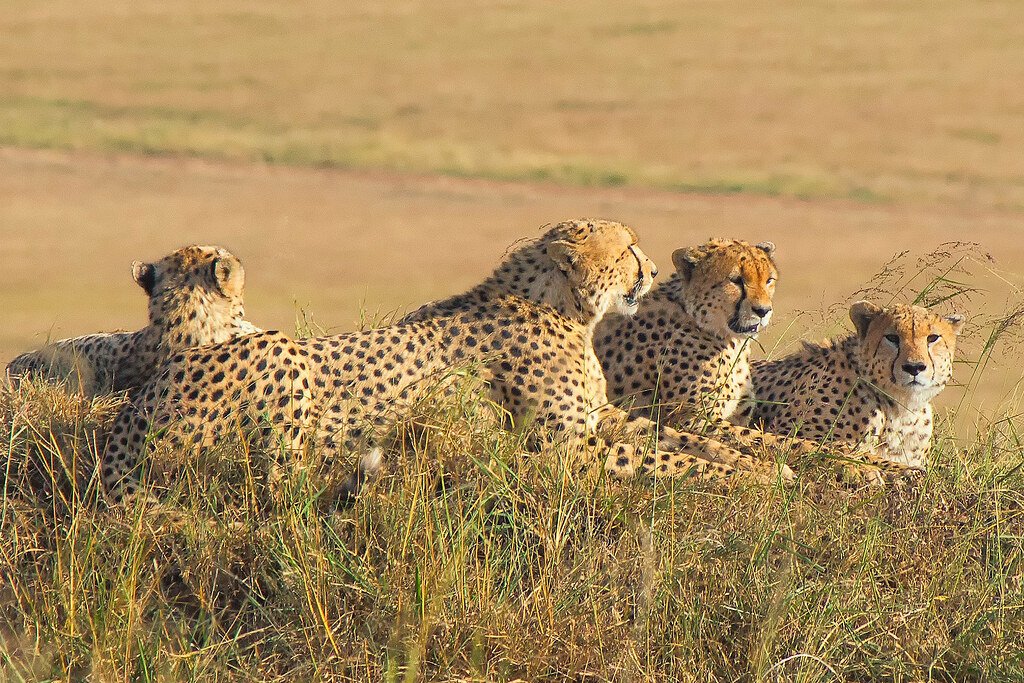
Ever noticed how a leopard’s tail moves like a conductor’s baton? These spotted hunters use their tails as sophisticated communication tools, flicking them in specific patterns to signal everything from annoyance to playfulness. When a leopard’s tail twitches rapidly at the tip, it’s often frustrated or intensely focused on prey.
The position tells the whole story too. A high, curved tail shows confidence, while a low, still tail indicates submission or fear. It’s like watching a silent conversation unfold in the wild, where every movement carries meaning.
Lions and Their Majestic Mane Language
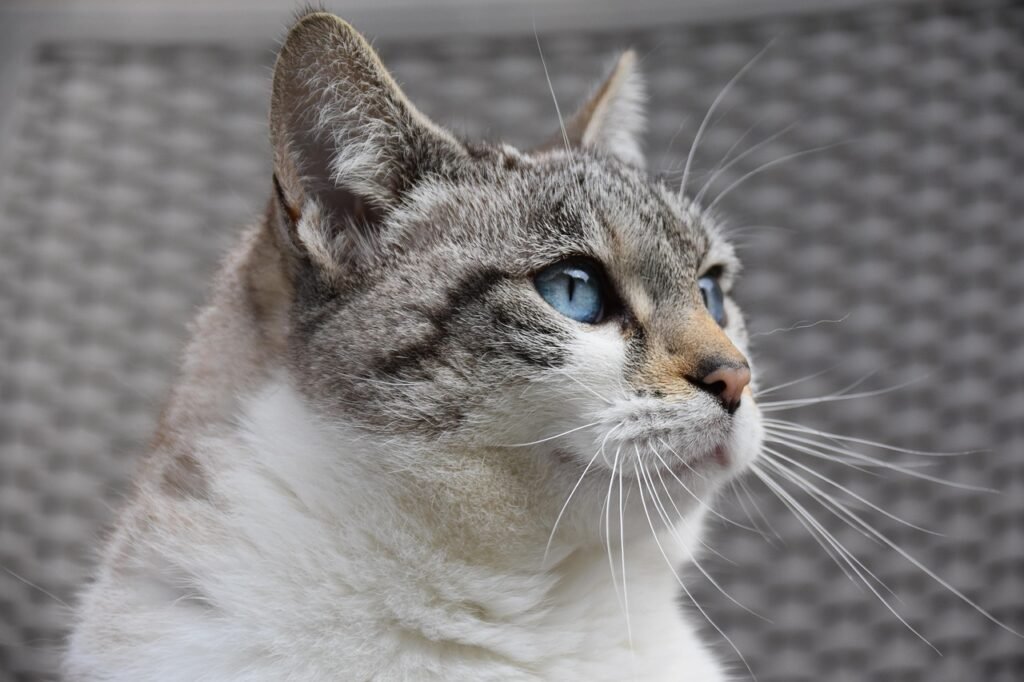
A lion’s mane isn’t just for show – it’s a billboard advertising his strength and status. Darker, fuller manes signal prime health and high testosterone levels, making other males think twice about challenging him. Lionesses actually prefer males with impressive manes, reading them like dating profiles in the savanna.
But here’s the twist: when a lion flattens his mane against his neck, he’s showing submission or fear. It’s nature’s way of making him appear smaller and less threatening to a dominant rival.
The Cheetah’s Chirping Face Expressions

Cheetahs can’t roar, but their faces speak volumes through subtle expressions and unique vocalizations. Those distinctive black tear marks aren’t just for reducing sun glare – they frame facial expressions that other cheetahs read like emotions on a human face. A relaxed cheetah has soft, half-closed eyes and a slightly open mouth.
When excited or greeting family members, cheetahs chirp like birds while their faces light up with what looks remarkably like a smile. Their ears perk forward, and their entire demeanor shifts to pure joy – no words needed.
Tiger Stripes and Shoulder Shrugs

Tigers use their massive shoulder muscles and distinctive stripes to communicate dominance without making a sound. When a tiger rolls its shoulders and arches its back, it’s displaying strength and warning others to back off. The stripes actually help amplify these body movements, making the tiger appear even larger and more intimidating.
A submissive tiger will lower its shoulders and keep its head down, essentially shrinking itself to avoid conflict. It’s fascinating how these solitary cats have developed such clear body language for the rare times they encounter each other.
Jaguars and Their Powerful Jaw Displays
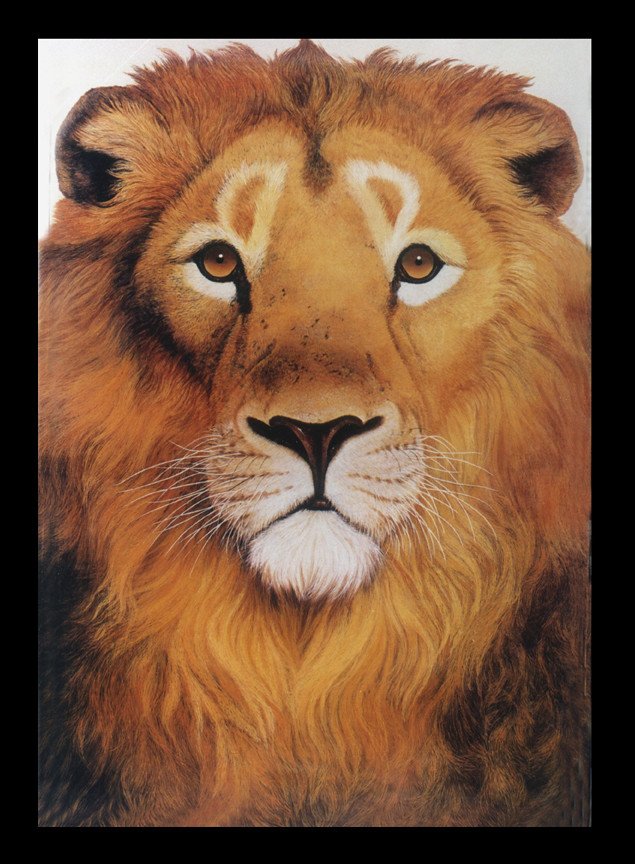
Jaguars have the strongest bite force of any big cat, and they know how to use this fact in their silent communication. When threatened, a jaguar will open its mouth wide, displaying those powerful jaws as a warning. It’s like flexing their muscles, but with teeth that can crush turtle shells.
Interestingly, jaguars also use a behavior called “flehmen response” – curling back their upper lip to better smell scents. This grimace-like expression helps them gather information about other jaguars in their territory without ever making direct contact.
The Mountain Lion’s Crouching Conversations
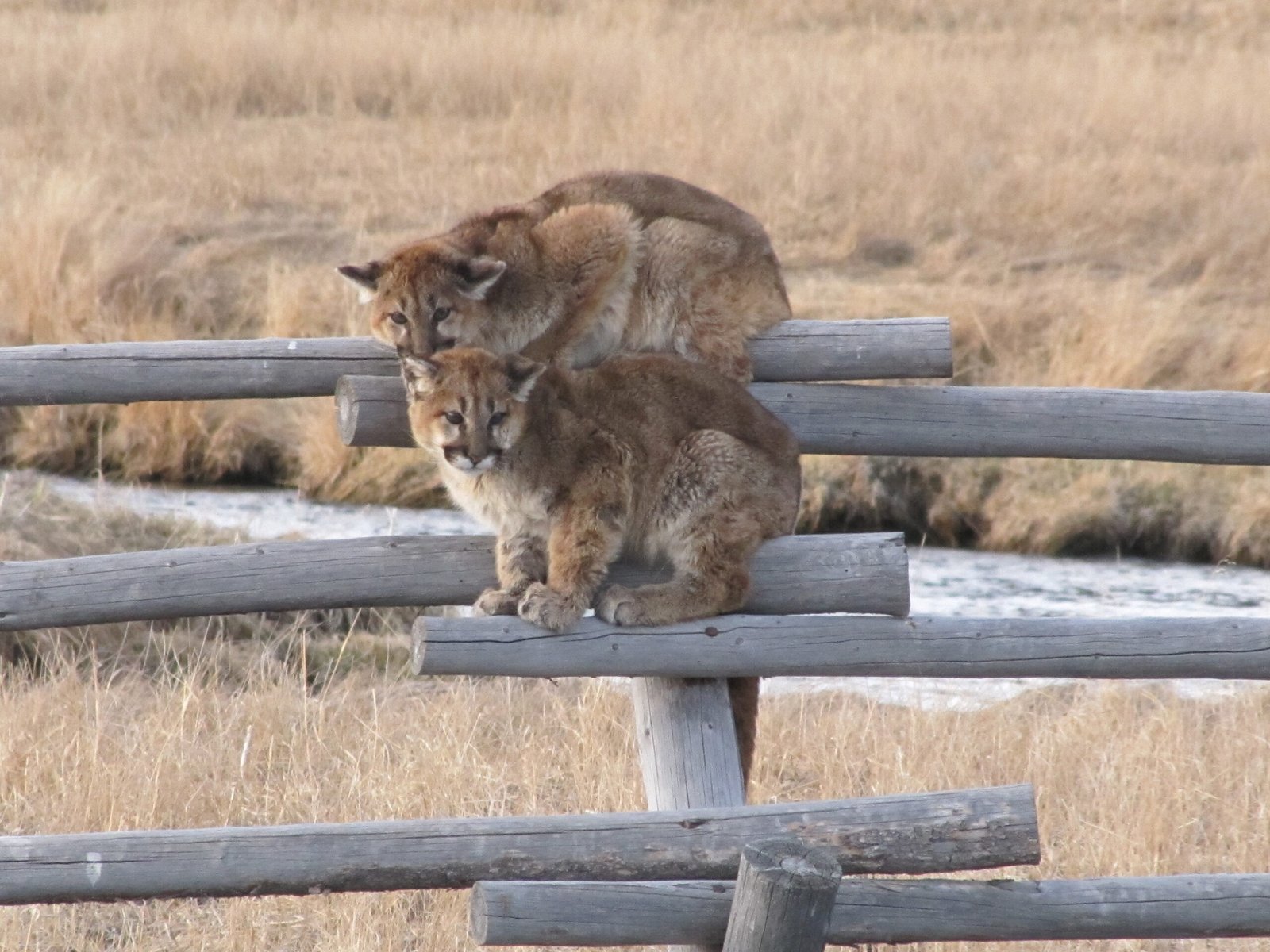
Mountain lions are masters of body positioning, using their entire posture to communicate intentions. A crouched mountain lion with its belly low to the ground is either hunting or showing extreme submission. When they’re confident and relaxed, they stand tall with their chest out and head held high.
Their ears are particularly expressive – forward-facing ears show interest or aggression, while flattened ears against the head signal fear or defensive behavior. It’s like watching a silent movie where every gesture has meaning.
Snow Leopards and Their Fluffy Tail Semaphore
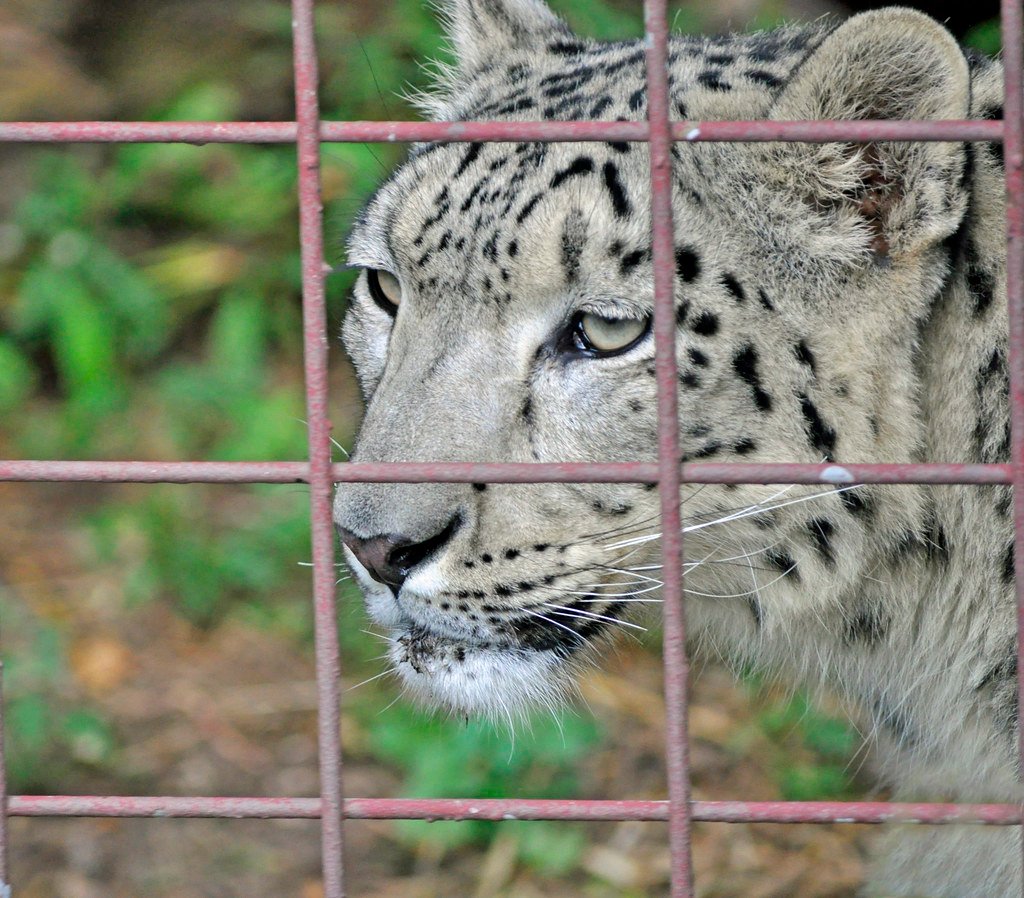
Snow leopards have the most expressive tails in the big cat world, using them like furry semaphore flags in the mountains. These incredibly thick tails aren’t just for balance – they’re communication tools that can be seen from great distances across snowy landscapes. A snow leopard wrapping its tail around its body while sitting is showing contentment and warmth.
When hunting or stalking, they keep their tails straight and still, like a tightrope walker maintaining perfect balance. But when playing or excited, that tail becomes a fluffy flag of pure joy, swishing and curling in ways that would make any house cat jealous.
Lynx Ears: The Ultimate Mood Indicators
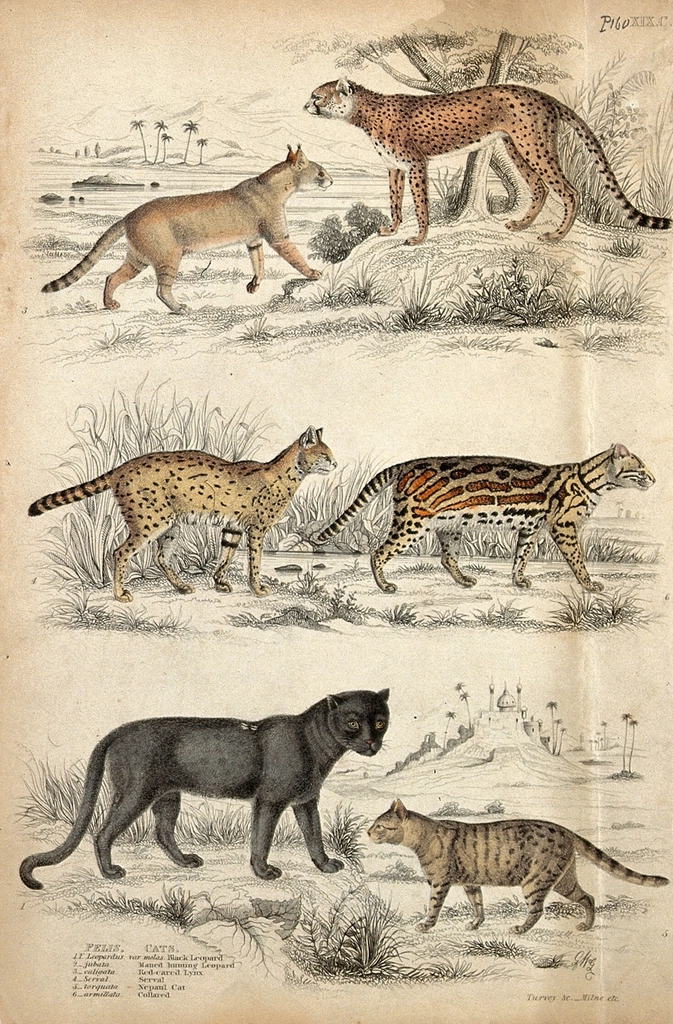
Lynx have the most distinctive ears in the big cat family, complete with dramatic tufts that aren’t just for show. These ear tufts actually help amplify their hearing, but they also serve as visual communication tools. When a lynx is alert and confident, those ears stand straight up with the tufts pointing skyward like little exclamation points.
A worried or submissive lynx will flatten its ears back, making those dramatic tufts disappear entirely. It’s like watching someone change their hairstyle to match their mood – except it happens in real time and signals everything from “I’m the boss” to “please don’t hurt me.”
Conclusion

These magnificent cats have mastered the art of silent communication, proving that sometimes the most powerful conversations happen without a single word. From tail flicks to ear positions, every movement tells a story that other big cats understand perfectly. Their body language is so sophisticated that researchers are still discovering new meanings in their subtle gestures.
Next time you see a house cat arch its back or flick its tail, remember – you’re witnessing millions of years of feline evolution in action. Which of these wild communication styles surprised you the most?
Hi, I’m Bola, a passionate writer and creative strategist with a knack for crafting compelling content that educates, inspires, and connects. Over the years, I’ve honed my skills across various writing fields, including content creation, copywriting, online course development, and video scriptwriting.
When I’m not at my desk, you’ll find me exploring new ideas, reading books, or brainstorming creative ways to solve challenges. I believe that words have the power to transform, and I’m here to help you leverage that power for success.
Thanks for stopping by, Keep coming to this website to checkout new articles form me. You’d always love it!






